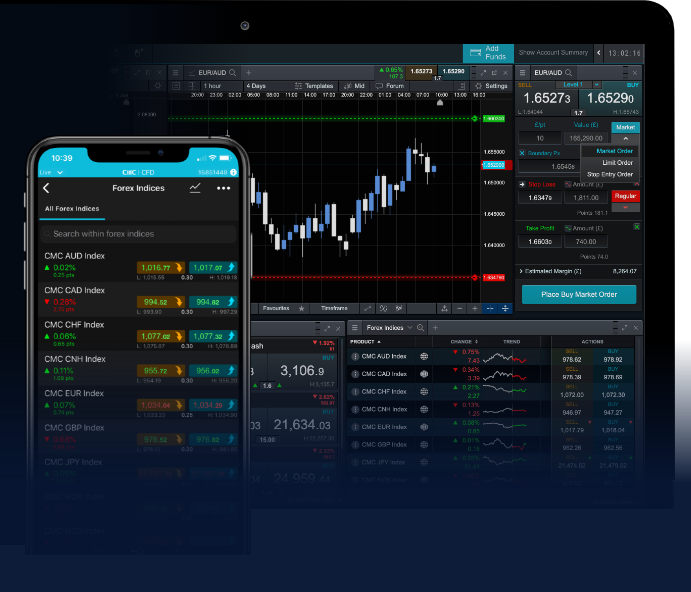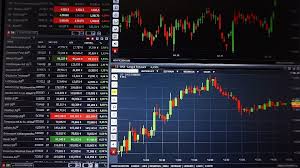
Forex trading can be an exhilarating experience, presenting traders with opportunities to profit from movements in currency pairs. Developing effective forex trading strategies is crucial for long-term success. This article will explore a variety of strategies that traders can implement to improve their chances in the forex market. For more information on effective trading methodologies, visit forex trading strategies https://ex-zar.com/.
Understanding Forex Trading
The forex market is the largest financial market in the world, with a daily trading volume exceeding $6 trillion. Here, currencies are traded in pairs (such as EUR/USD or GBP/JPY) wherein traders speculate on the relative value of one currency against another. To succeed in forex trading, you need a robust strategy that takes into account market trends, economic indicators, and risk management principles.
1. Trend Following Strategy
The trend following strategy is one of the most popular methods in forex trading. It involves analyzing the market to identify ongoing trends and entering trades that align with those trends. Traders utilize technical analysis tools like moving averages and trend lines to detect the direction of the market. The key here is to “buy high and sell higher” or “sell low and buy lower.” This strategy can be effective in trending markets but may result in losses during sideways or choppy markets.
How to Implement:
- Identify the trend using moving averages.
- Enter trades in the direction of the trend.
- Utilize stop-loss orders to manage risk.
2. Range Trading Strategy
Range trading involves identifying stable price levels at which a currency pair tends to oscillate. Traders look for support (a price level where demand is strong) and resistance (a price level where supply is strong) levels to capitalize on price movements within the established range. This strategy is particularly effective in markets that lack strong trends.

How to Implement:
- Locate the support and resistance levels on a chart.
- Buy near support and sell near resistance.
- Utilize oscillators like Stochastic or RSI to confirm entry points.
3. Breakout Trading Strategy
Breakout trading involves entering a position when the price breaks through a established support or resistance level. This strategy is based on the premise that once a price barrier is breached, the price will typically continue in that direction due to increased momentum. Traders often use volume indicators to confirm the strength of the breakout.
How to Implement:
- Identify key support and resistance levels.
- Watch for price consolidation leading up to the breakout.
- Enter the trade once the breakout occurs, using stop-loss orders to manage risk.
4. Carry Trade Strategy
The carry trade is a strategy that involves borrowing from a currency with a low interest rate and investing in a currency with a higher interest rate. This strategy seeks to profit from the interest rate differential. It can be highly profitable, but it also carries significant risk, especially in volatile market conditions.
How to Implement:
- Identify currencies with favorable interest rate differentials.
- Open a position while monitoring economic indicators that may affect interest rates.
- Be prepared for potential volatility and fluctuations in currency value.

5. Scalping Strategy
Scalping involves making a large number of trades over very short time frames to capture small price movements. This strategy requires a strict exit strategy and quick decision-making skills. Scalpers target pips rather than larger price movements, making it vital to have an efficient trading platform and reliable execution.
How to Implement:
- Choose currency pairs with high liquidity.
- Use technical indicators to identify short-term trading opportunities.
- Implement strict stop-loss and take-profit orders.
6. Using Fundamental Analysis
While technical analysis focuses on charts and patterns, fundamental analysis examines economic reports, news events, and political factors to gauge currency value. Understanding the fundamentals can provide a comprehensive view of where a currency pair might be headed. Traders often keep an eye on major economic indicators such as interest rates, employment data, and GDP performance.
How to Implement:
- Stay informed about economic calendars and major announcements.
- Analyze how economic changes may influence currencies.
- Combine fundamental analysis with technical analysis for more robust trading decisions.
Conclusion
Successful forex trading requires a well-rounded approach that incorporates various strategies tailored to your individual style and risk tolerance. As the market is continually evolving, it is essential to stay informed, remain disciplined, and continuously refine your strategies. Remember, effective forex trading strategies are not about predicting the market perfectly but managing risks and making informed decisions. With dedication and practice, you can enhance your trading skills and find success in the world of forex.






